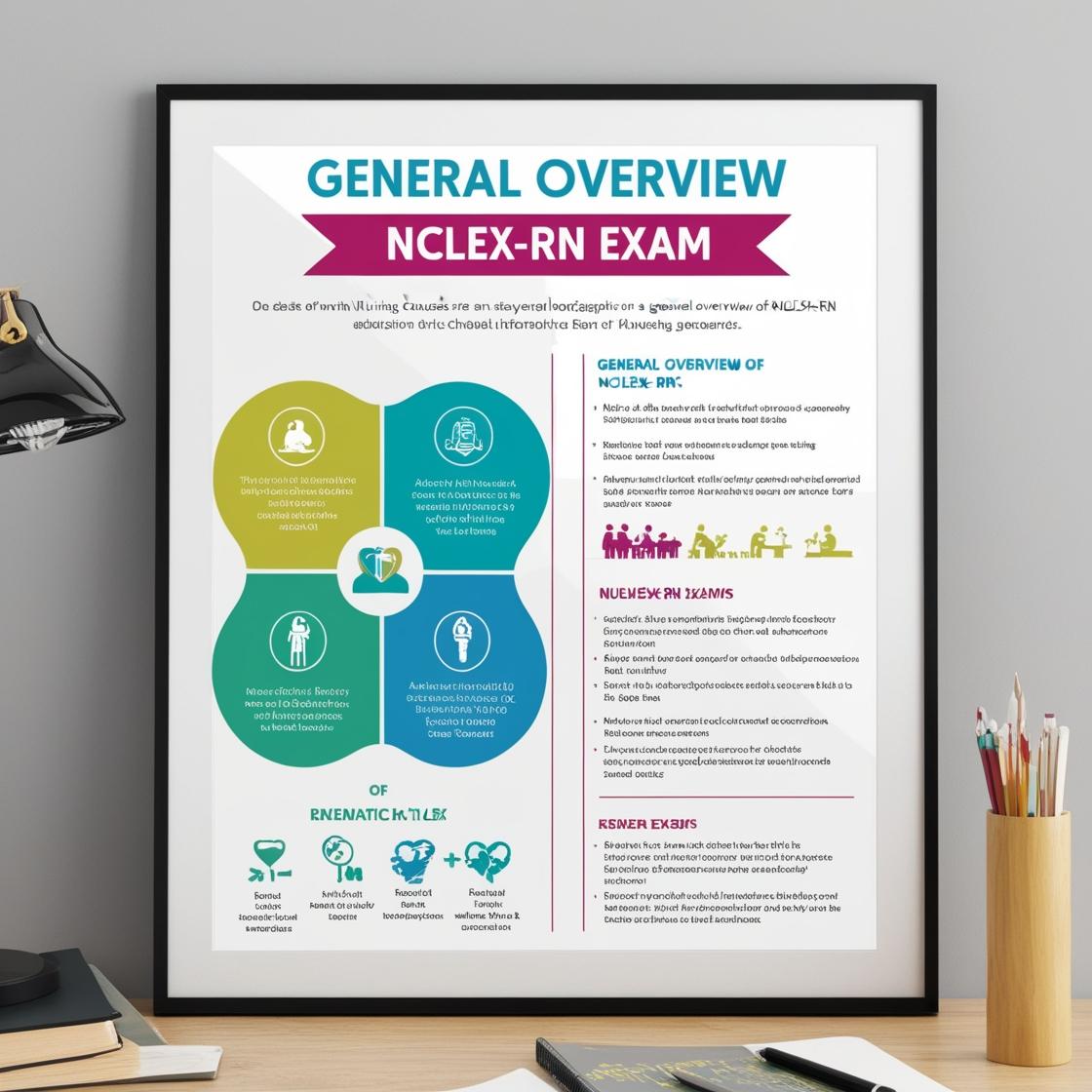NCLEX-RN
Safe and Effective Care Environment NCLEX RN Questions
1. An 86-year-old client with decreased visual acuity who uses a cane for mobility requires fall prevention education. What should the nurse teach this client to reduce the risk of falling at home?
- A. Take off shoes while in the house and wear only socks
- B. Limit activities to the lower level of the home
- C. Keep a lamp near the door of every room
- D. Install non-slip pads in the shower or bathtub
Correct answer: D
Rationale: To reduce the risk of falling at home for an elderly client with decreased visual acuity and using a cane for mobility, installing non-slip pads in the shower or bathtub is crucial. This measure helps prevent slips and falls in areas where water accumulation may occur. While taking off shoes and wearing socks may seem comfortable, it increases the risk of slipping. Limiting activities to the lower level of the home may restrict the client's independence and quality of life unnecessarily. Keeping a lamp near the door of every room may improve visibility but does not directly address the risk of falls associated with mobility and visual acuity issues.
2. Surgical asepsis is being performed when:
- A. wiping down exam tables with bleach
- B. sterilizing instruments
- C. changing table paper
- D. wearing gloves when performing injections
Correct answer: B
Rationale: Surgical asepsis refers to the process of maintaining a sterile environment to prevent the introduction of pathogens to a patient's body. Sterilizing instruments is a crucial aspect of surgical asepsis as it ensures that the instruments used during procedures are free from microorganisms that could cause infections. Wiping down exam tables with bleach may help in cleaning and disinfecting surfaces but does not pertain directly to maintaining a sterile field. Changing table paper is important for cleanliness and infection control but is not specifically related to surgical asepsis. Wearing gloves when performing injections is important for standard precautions and preventing the spread of infection but does not encompass the concept of surgical asepsis, which focuses on maintaining a sterile field during invasive procedures.
3. A client is suspected of having carbon monoxide poisoning. Which of the following symptoms are associated with this condition?
- A. Red rash across the trunk and extremities
- B. Nausea, vomiting, seizures
- C. Flushing of the face and neck
- D. Abdominal pain radiating to the back
Correct answer: B
Rationale: The correct answer is 'Nausea, vomiting, seizures.' Carbon monoxide poisoning can present with symptoms such as headache, dizziness, weakness, nausea, vomiting, and confusion. Severe cases can progress to seizures, coma, and even death. It is crucial for healthcare providers to recognize these symptoms promptly to initiate appropriate treatment. Choices A, C, and D are incorrect because a red rash, flushing of the face and neck, and abdominal pain radiating to the back are not typically associated with carbon monoxide poisoning. It is essential to be aware of the common manifestations of carbon monoxide poisoning to ensure timely intervention and prevent adverse outcomes.
4. The acronym FAST is used to help responders remember the steps to recognizing which of the following conditions?
- A. Onset of labor in a pregnant woman
- B. Stroke
- C. Heart attack
- D. Migraine
Correct answer: B
Rationale: The correct answer is B: Stroke. The acronym FAST is used to help recognize the signs of a stroke. The letters stand for Face, Arms, Speech, and Time. This mnemonic helps in identifying facial drooping, arm weakness, speech difficulties, and the importance of time in seeking emergency care. Choices A, C, and D are incorrect because the FAST acronym specifically pertains to stroke recognition, not the onset of labor, heart attacks, or migraines.
5. A small fire has erupted in a wastebasket in the client waiting room. Which of the following is the first action of the nurse?
- A. Call 9-1-1
- B. Find the fire extinguisher
- C. Move clients to safety
- D. Throw water on the fire
Correct answer: C
Rationale: When a fire starts in a healthcare setting, the first action of the nurse is to move clients and anyone who may be in danger to a safe location. Ensuring the safety of clients is the top priority during emergencies. While using a fire extinguisher could be a subsequent step to contain the fire, the immediate focus should be on evacuating individuals from harm's way. Calling 9-1-1 is important, but moving clients to safety should be the nurse's initial response. Throwing water on the fire may not be effective or safe, as it can exacerbate some types of fires.
Similar Questions

Access More Features
NCLEX RN Basic
$69.99/ 30 days
- 5,000 Questions with answers
- Comprehensive NCLEX coverage
- 30 days access @ $69.99
NCLEX RN Premium
$149.99/ 90 days
- 5,000 Questions with answers
- Comprehensive NCLEX coverage
- 30 days access @ $149.99
